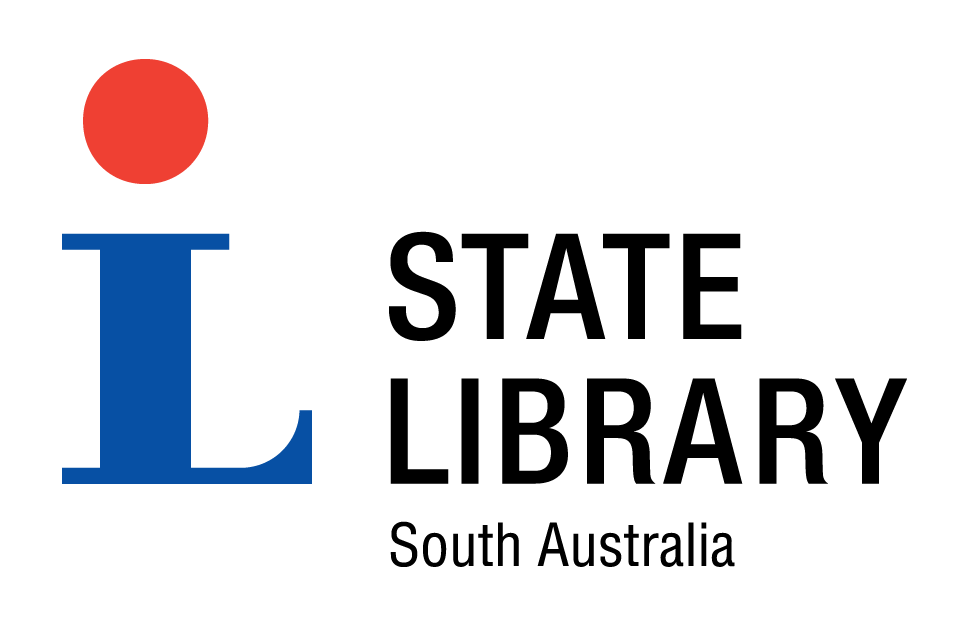
Helpmann, Robert 1909-1986

|
| View catalogue details |
Born: 9 April 1909 [Mount Gambier, South Australia]
Died: 28 September 1986 [Sydney, New South Wales]
Born in Mount Gambier in South Australia's south east, Helpmann trained in dance under various teachers and when Anna Pavlova toured Australia and New Zealand Helpmann took lessons with her partner Laurent Novikov. In 1927 Helpmann began his professional career, joining JC Williamson's Theatre Company. In 1931 he was 'discovered' by the British actress Margaret Rawlings who was touring Australia in the play Happy and Glorious. She invited Helpmann to design and perform a short ballet as an opening act to the play. After the tour he returned to London with Rawlings.
Helpmann joined the Vic-Wells Ballet School in London in 1933 and later entered the Vic-Wells Company. Helpmann's first role as principal male dancer in the company was as Satan in the ballet Job. In 1936 Margot Fonteyn joined the company and Helpmann and Fonteyn's partnership was to become legendary. In 1942 Helpmann choreographed Comus for the Vic-Wells Company; his first work as creator and choreographer.
Helpmann began to develop his acting career, including appearing as Oberon in A midsummer night's dream in 1937 opposite Vivien Leigh's Titania and again in 1947 opposite Margaret Rawlings, who had brought him to London. In 1948 he starred in and choreographed the main ballet sequence in the film The red shoes. Throughout the 1950s he worked more regularly as an actor and director, in the theatre as well as film and television, than on ballet projects. From 1955 Helpmann returned to Australia regularly to perform, including a tour with Katharine Hepburn and the Old Vic Theatre Company performing Shakespeare.
In 1964 Helpmann wrote and choreographed the ballet Display for the Australian Ballet which caused a sensation worldwide. From 1965 to 1974 Helpmann was co-artistic director of the Australian Ballet with Peggy van Praagh and in 1975 held the position on his own. During this period he produced Yugen in 1965, Sun Music in 1968 and Perisynthyon in 1974.
Helpmann appeared on stage for the last time in May 1986, just a few months before his death, in the Australian Ballet's production of Checkmate.
Key achievements
1964: Made Commander of the British Empire (CBE)
1965: Named Australian of the Year
1965-1974: Joint artistic director of the Australian Ballet with Peggy van Praagh
1968: Received a knighthood
1970: Artistic director of the Adelaide Festival of Arts; helped secure Rudolf Nureyev as guest artist and choreographer for the Australian Ballet's Don Quixote
1975: Sole artistic director of the Australian Ballet
1984: New theatre in Helpmann's hometown of Mount Gambier named in his honour
Did you know?
Helpmann dedicated his ballet The Display (which premiered at the Adelaide Festival of Arts in 1964) to his friend Hollywood actress Katharine Hepburn. The Display features an Aussie Rules football game and the dancers were coached by AFL legend Ron Barassi for this section of the choreography. It was almost banned when shown in Glasgow in 1965 because of its sexual content.
Further reading
Brahms, Caryl. Robert Helpmann, choreographer, London : B.T. Batsford, [1945]
Potter, Michelle. 'A dash of Helpmann', National Library of Australia news, October 2002, pp. 3-6
Salter, Elizabeth. Helpmann : the authorised biography of Sir Robert Helpmann, CBE, Brighton [Eng.] : Angus and Robertson, 1978
Walker, Kathrine Sorley. 'Helpmann, Sir Robert Murray', Oxford dictionary of national biography : in association with the British Academy : from the earliest times to the year 2000, 2004, pp. 266-268
Links
National Library of Australia: Dance People Dance: See 'The search for identity'


